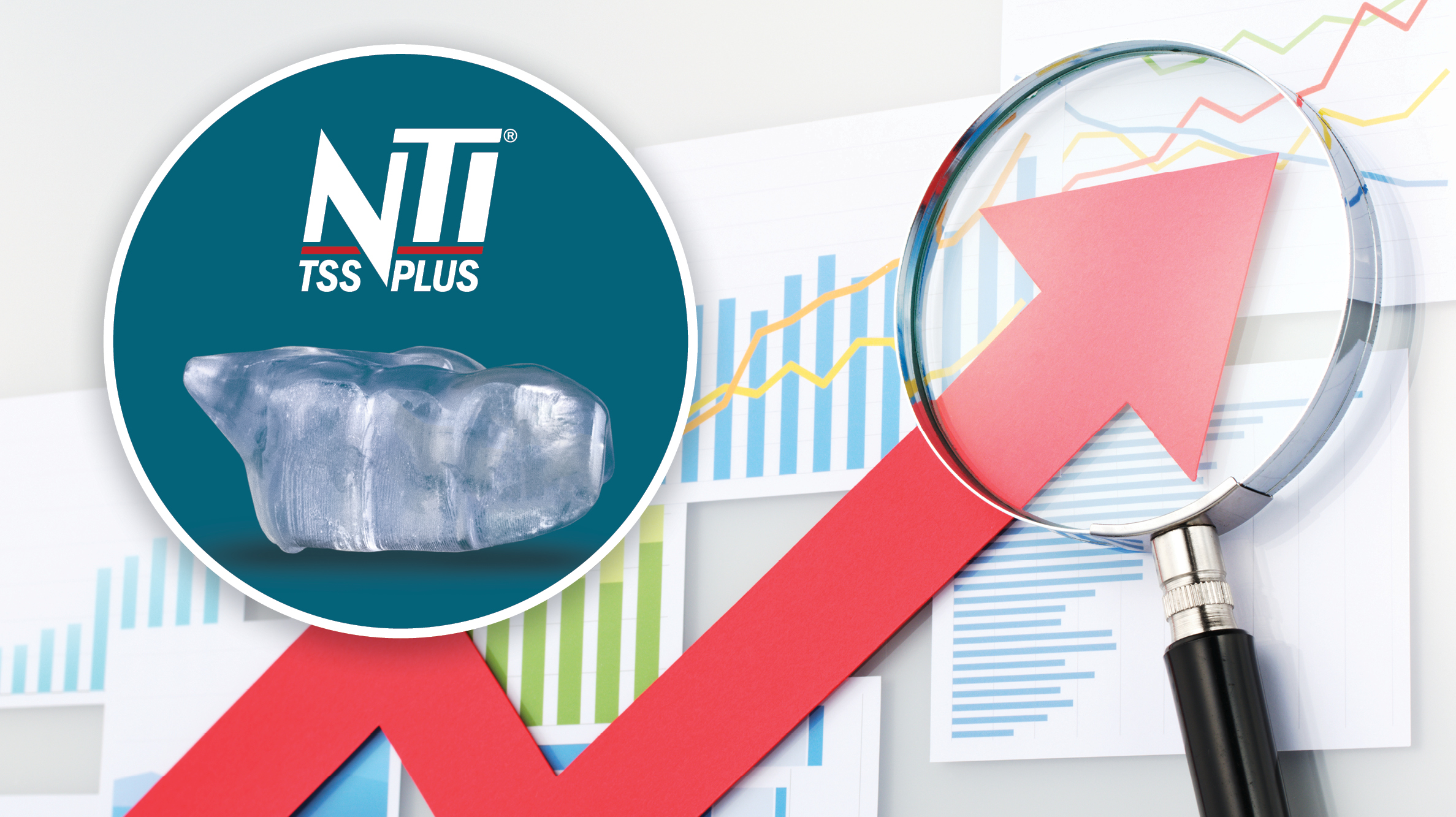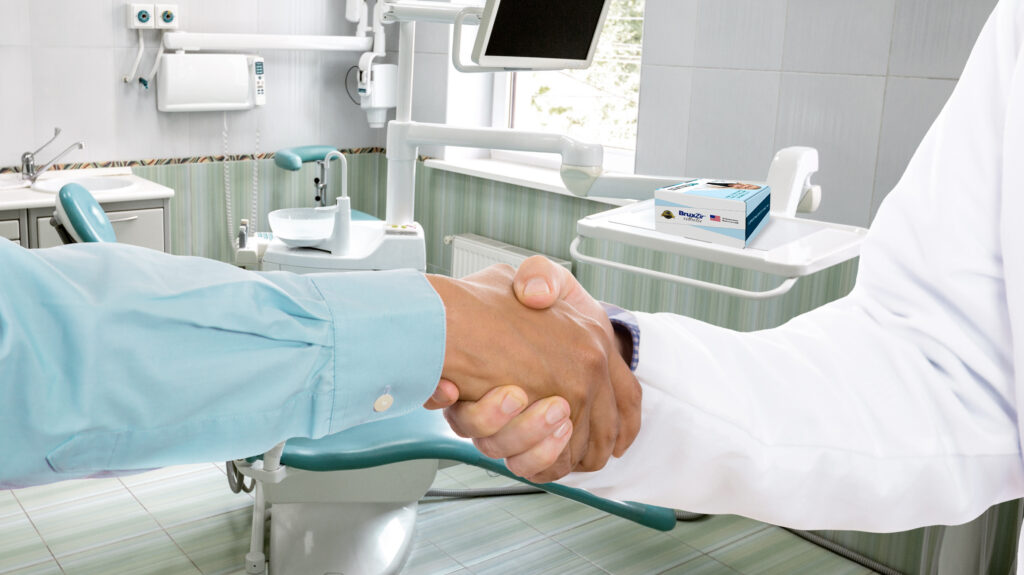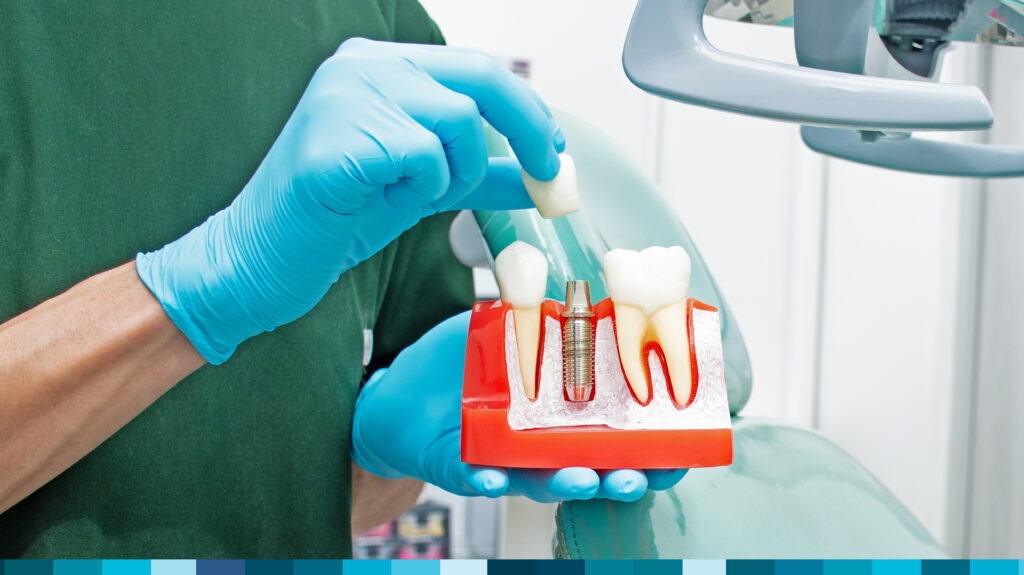Study Overview
With migraines branded as one of the leading causes of all global disability, 1 the search for proven solutions is vital. While not all migraines are related to dental parafunction, devices like the NTI-tss Plus can serve as a risk-free diagnostic tool for dentists looking to provide help to suffering patients. The concluding discussion of this new study affirms that an NTI device “should be considered as a method of whether jaw-clenching is a contributing factor to ongoing migraines.”2
Study Methods
The study itself was conducted using randomized, placebo-controlled, crossover methods. It focused on six units of measure: pain, social functioning, vitality, cognitive functioning and psychological distress.3 These six focus topics were compiled into a simple questionnaire for each participant to utilize as an evaluation of their symptoms. This questionnaire, coined HIT-6™ (Headache Impact Test), can also be replicated in the dental office as a way to gauge a patient’s progress with their NTI-tss Plus device.
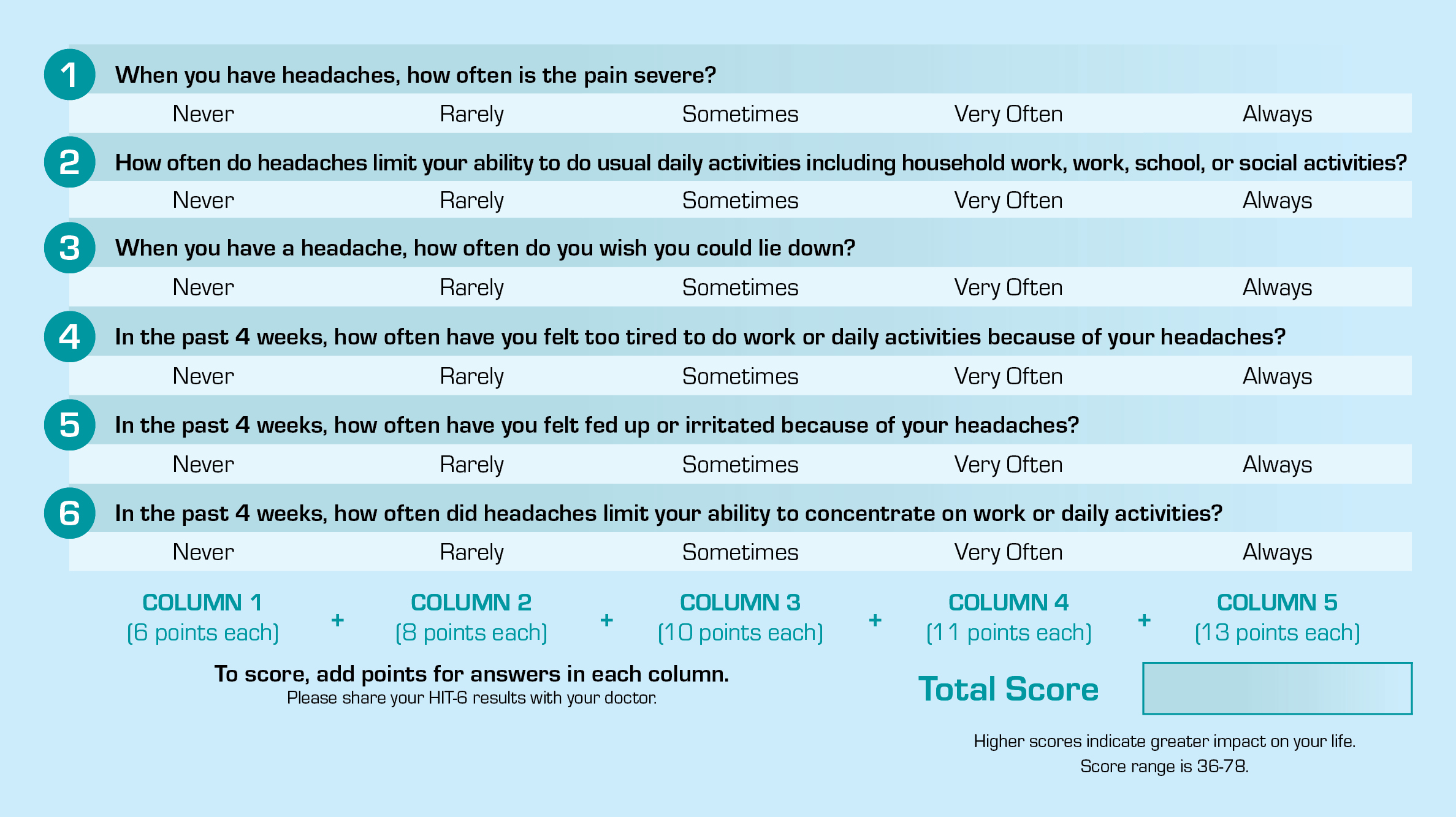
Study Findings
The research study found that 68% of participants with migraines saw an improvement in their HIT-6 scores with use of an NTI device.2 Over a six-month period, study participants who wore the NTI device every night saw their maximum temporalis motor activity reduced by over 50%.2 As evidenced from the study’s EMG included below, clenching intensity was minimalized with the NTI.
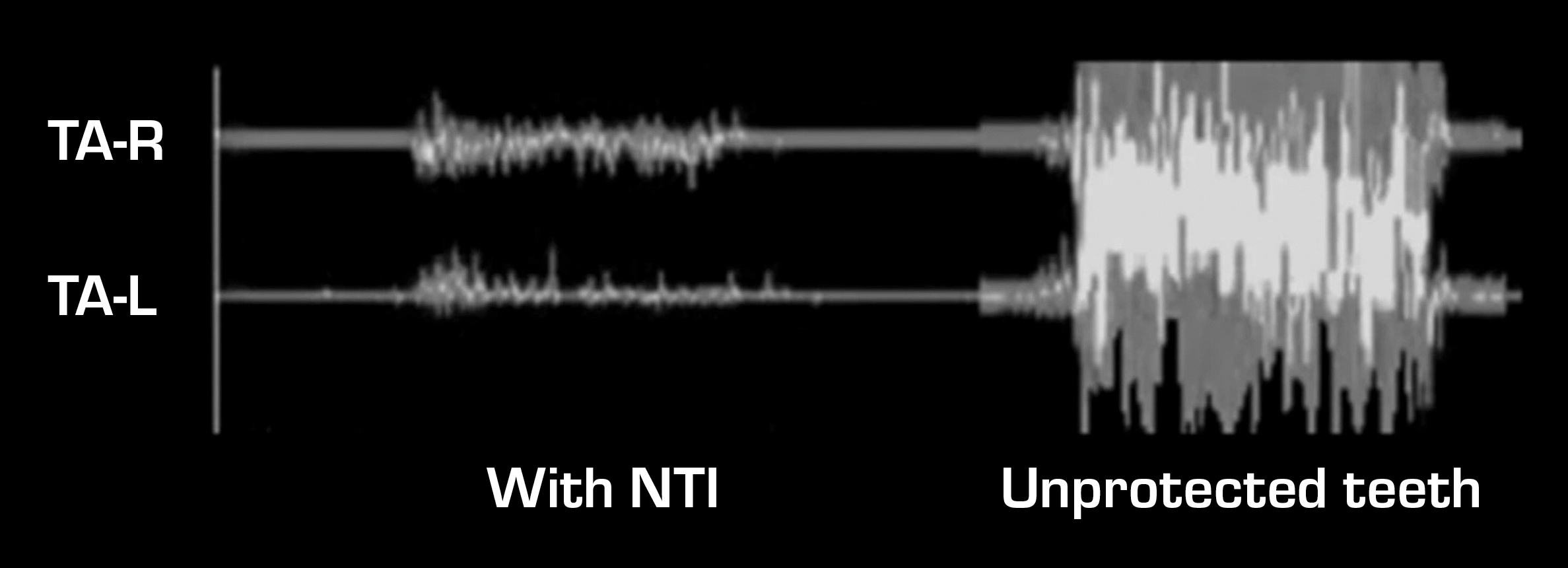
One of the hallmarks of a migraine is the increase of central sensitization. The study concluded that an NTI device, by decreasing peripheral sensitization, could also decrease central sensitization. 2 One of the most important findings from this research study is the documentation that notes there were no adverse effects reported by any of the subjects wearing an NTI device.

Conclusion
Despite proven studies like the one highlighted in this post, the NTI-tss Plus has not yet been adopted as a staple product in the dental office. A possible reason for this could be a lack of knowledge of clenching pathophysiology or previous negative experiences with traditional splints.2 This study focuses on the success of the NTI-tss Plus device, but does not include the NTI OmniSplint® device, which is another migraine prevention device that reduces clenching intensity and migraine events. Its dual, full-arch design offers dentists a new approach to migraine prevention therapy.
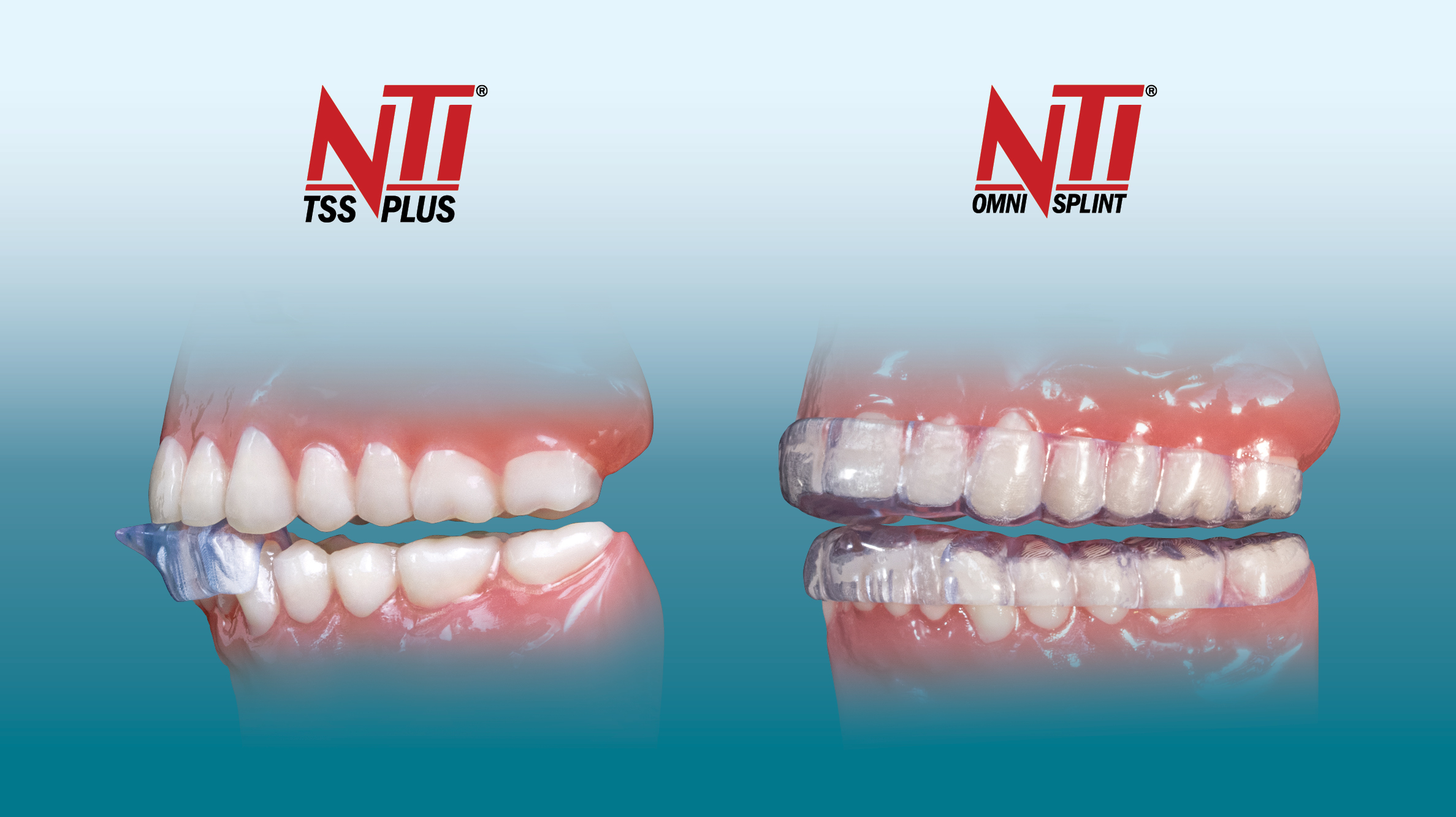
References
- GBD 2016 Disease and Injury Incidence and Prevalence Collaborators. Global, regional, and national incidence, prevalence, and years lived with disability for 328 diseases and injuries for 195 countries, 1990-2016: a systemic analysis for the Global Burden of Disease Study 2016. Lancet 2017 Sept 16;390(10100):1211-59.
- Blumenfeld AM, Boyd JP. Adjunctive treatment of chronic migraine using an oral dental device: overview and results of a randomized placebo-controlled crossover study. BMC Neurol 2022;22:72.
- Shin HE, Park JW, Kim YI, Lee KS. Headache Impact Test-6 (HIT-6) scores for migraine patients: their relations to disability as measured from a headache diary. J Clin Neurol 2008 Dec;4(4):158-63.

